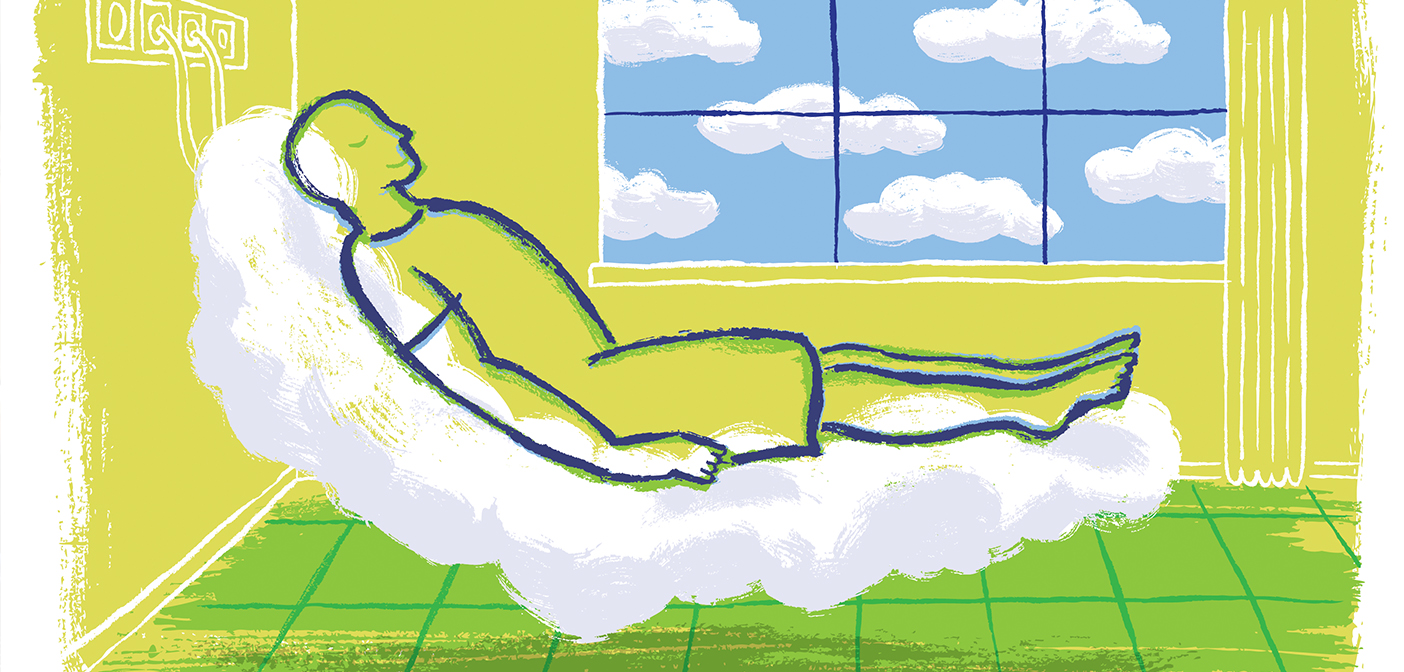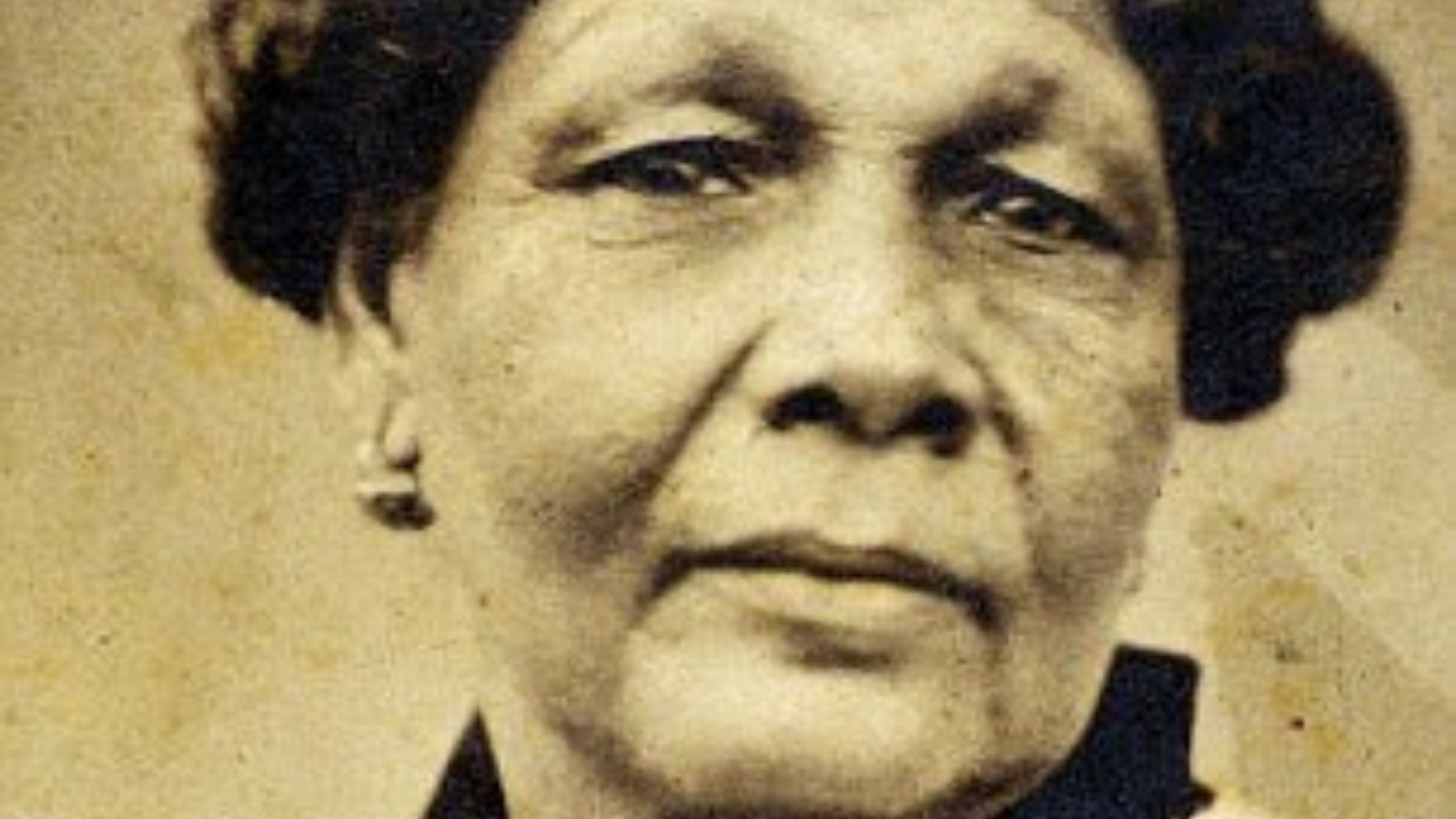By Eric Butterman
Stopping hospital-acquired pressure injuries starts at hello
Pressure injuries, once called bedsores or pressure ulcers, are nearly as bad for hospitals’ bottom line as they are for patients’ sensitive areas. Dragging down service ratings as well as reimbursement rates, they’re a pain for all involved.
Beating them begins at admission, says Carla S. Aquino, DNP, MSN, RN, coordinator for clinical quality at Johns Hopkins Hospital. Because no matter where the pressure injury was acquired, it’s the hospital’s fault if not noted by the time a patient is admitted. For nurses, that’s not about blame but treating sores quickly and effectively.
“You want to look not only for hospital-acquired pressure injuries but anything that can become them,” she says. “For example, scabs are seen as tougher than skin but it’s the opposite. It’s easy for a scab to become a pressure injury.”
So, “You note it and put it down.” Then, you help make it go away.
There are several weapons in the nurse’s arsenal to prevent pressure injuries:
Hydration.
It’s a challenge when illness makes taking in water difficult or a patient refuses hydration altogether, but it is essential.
Nutrition.
If a patient can’t eat by mouth, consult a dietician on a best source for the calories, Aquino says.
Pressure pads.
“We apply a protective foam dressing, probably as big as your hand on bony prominences like the coccyx and sacrum.”
Positioning.
Turning patients is a long-established strategy for avoiding hospital-acquired pressure injuries, but nurses need to make sure they are not pulling or dragging patients when repositioning or transporting them. “They’re coming out with many different products that indicate how much pressure the body or skin is under so it helps you make better decisions,” she says. “The standard may still be every two hours to change a position but you could do it more often unless it interferes with the care of the patient.”
Micromoving.
This relieves pressure without fully turning the patient. “For us, micromoving is usually done in ICUs because patients are very sick and may not tolerate the larger turning,” Aquino says. “It’s just about relieving the pressure without compromising breathing, for example.”
The bed itself.
A Johns Hopkins Hospital project is replacing traditional mattresses with more forgiving surfaces. “We’re moving to where the norm for our mattresses is what many hospitals would have if a person already had the [pressure injury] problem,” says Amanda Owen, RN, a wound care specialist. “Both our ICUs have this type of mattress and all but two or maybe three of our nursing units have it.”
A zero goal and a realistic approach.
“We have elderly patients at higher risk because of age alone,” Owen explains. “The public has concern that if a hospital has pressure injury rates above a benchmark that patients are getting substandard care or are being neglected. But the skin is the largest organ in our body—people think a lung and kidney can fail but the skin can’t, and that’s wrong. We’re fighting the problem of these injuries as much as possible and will continue to.”
Illustration by Andy Snair

 Breaking the Mold: Alumni Talk with Katherine Phillips
Breaking the Mold: Alumni Talk with Katherine Phillips Death and Dying, with Cultural Humility
Death and Dying, with Cultural Humility From Baltimore to Vellore, India: Global Support for Nurses Struggling with COVID-Related Mental Health
From Baltimore to Vellore, India: Global Support for Nurses Struggling with COVID-Related Mental Health From Implementation to Discovery
From Implementation to Discovery Juneteenth: Uncovering the Hidden Figures of Nursing
Juneteenth: Uncovering the Hidden Figures of Nursing







